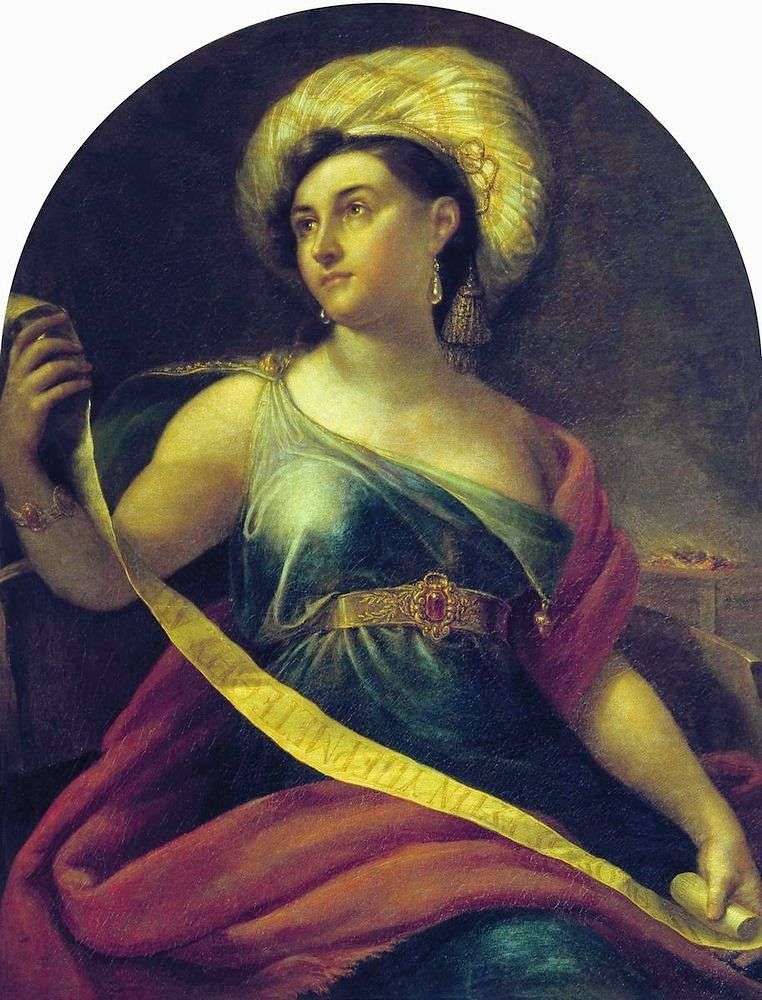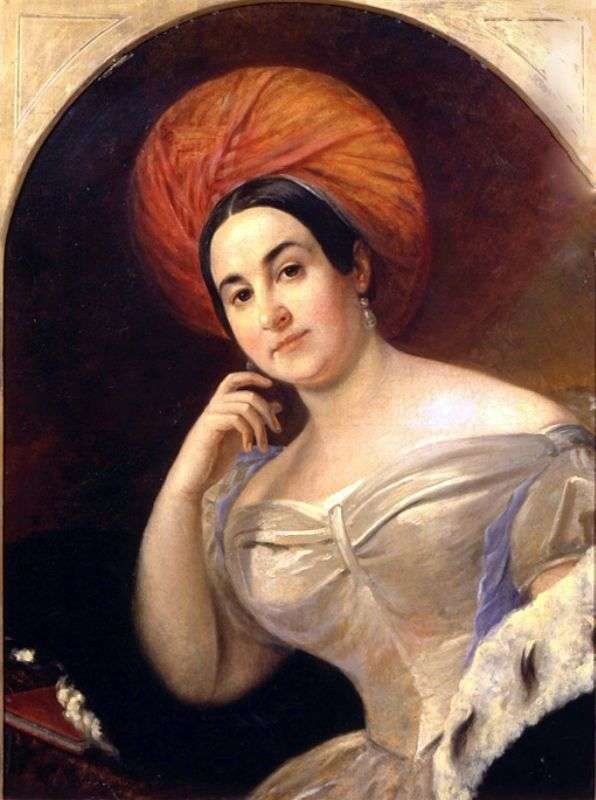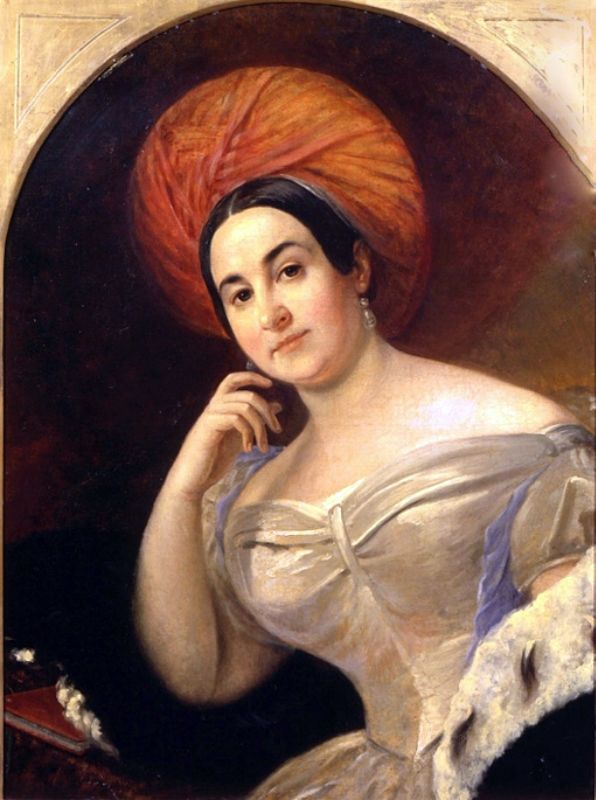
“Speaking of the Russian tragedy, you are talking about Semyonova – and, perhaps, only about it,” noted Pushkin. Semenova is a famous actress, the daughter of a fortress girl of the landlord Putyata and the teacher of the Cadet Corps Zhdanov, who placed her in a theater school. She was unusually beautiful; Her facial features were struck by classical correctness, the profile, according to the contemporary, resembled ancient cameos. The flexible contralt voice was amenable to a wide variety of modulations. Even more contributed to its success is the power of feeling and sincere passion.
Semenova appeared at the turn of two currents of our dramatic literature, when the slavish imitation of French tragedies began to fade away, and the romantic drama was just beginning to emerge. With her talent, she attracted the attention of the public of St. Petersburg and soon became the best actress of the Petersburg Imperial Theater. She was admired, poetry dedicated to Pushkin, Batyushkov, Gnedich. But as described by her contemporary: “The most ardent imagination of the painter could not come up with the most beautiful ideal of feminine beauty for tragic roles, and thus the voice is pure, sonorous, pleasant, with the slightest animation of passions stunning all the fibers of the human heart.” It was created for the tragedy. “Endowed with talent, beauty, a feeling of living and faithful, she formed herself.” Semenova never had a script… “
Young Pushkin after the end of the Lyceum was a frequent visitor in the house of A. N. Olenin, president of the Academy of Arts, director of the St. Petersburg Public Library. Outstanding Russian scientists, writers, and artists gathered there. The hosts of the house and guests staged the performances, one of which was occupied by A. S. Pushkin and the famous E. S. Semenov. In Moscow, there was an interesting meeting for Briullov with the famous actress. With his name in the memory of the artist, his youth revived, his passion for theater. The glory of the actress, who acted with great success in the St. Petersburg Imperial Theater as Antigone, Fedra, Medea, Poliksena, Cordelia, was noisy. In 1826, Catherine Semenova moved to Moscow After leaving the stage and becoming Princess Gagarina, she spent her life in Moscow alone.
Here Pushkin, Aksakov, Nadezhdin visited her house. It was natural for Bryullov to write a portrait of a former tragic actress, full of memories of the theater. “… It was only necessary to mention the theater,” wrote her biographer, “how the animated face of Semyonova revived… her big, beautiful eyes flared up and she was incessantly ready to talk about art, about the stage, about the past” . In an emphatically pompous and solemn form, so corresponding to the idea of the role of a tragic actress, Bryullov reproduces the mature beauty of Semyonova. A magnificent headdress, trimmed with an ermine mantilla, the glitter of a silk dress tightly fitting a full mill, complements its majestic appearance.
But through the apparent stagnation and statuariness of the image, the creative fire, which does not die out in the soul of the actress, appears visibly. 0 it speaks intently into the sight of her eyes and the light movement of the hand, raised in meditation to the face. The character of the image of Semyonova responds to bright, dense colors of color, emphasizing the sculptural molding of the form. Semicircles, completing the composition, inspired by the works of the Renaissance, in harmony with the appearance of the actress, reminiscent of his profile, according to contemporaries, antique cameos.
 Portrait of N. S. Semenova by Orest of Kiprensky
Portrait of N. S. Semenova by Orest of Kiprensky Portrait of actress ES Semenova by Orest Kiprensky
Portrait of actress ES Semenova by Orest Kiprensky Portrait of actress PI Kovalevoy-Zhemchugova by Ivan Argunov
Portrait of actress PI Kovalevoy-Zhemchugova by Ivan Argunov Natalia Pushkina, born. Goncharova by Karl Bryullov
Natalia Pushkina, born. Goncharova by Karl Bryullov Retrato de la actriz E. S. Semenova – Karl Bryullov
Retrato de la actriz E. S. Semenova – Karl Bryullov Portrait of A. N. Ramazanov by Karl Bryullov
Portrait of A. N. Ramazanov by Karl Bryullov Portrait de l’actrice E. S. Semenova – Karl Bryullov
Portrait de l’actrice E. S. Semenova – Karl Bryullov Portrait of the architect KA Ton by Karl Bryullov
Portrait of the architect KA Ton by Karl Bryullov